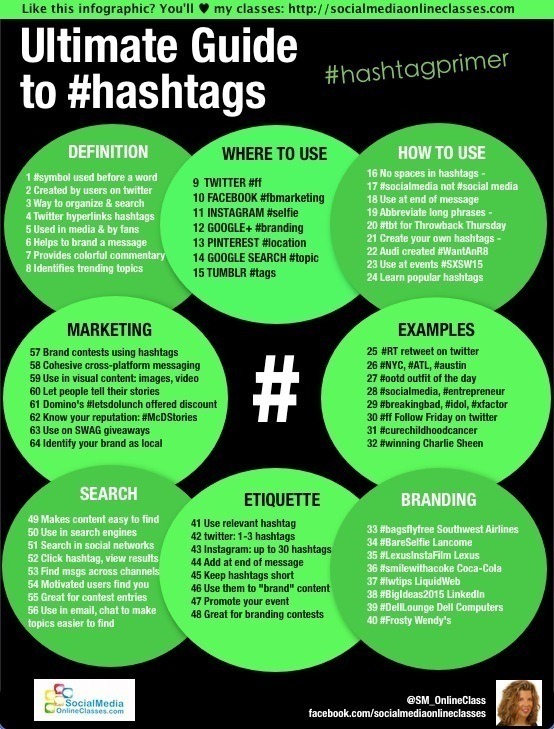So, I stumbled upon this weird thing, “n 2 14 n,” and I was like, “What the heck is this?” I decided to mess around with it and see what I could do.

First, I just stared at it for a bit. It looked like some kind of sequence or maybe a code. My initial thought was maybe it’s math-related, you know, with the numbers and all.
My Experiment Begins
I grabbed a piece of paper and a pen – old school, I know. I started by trying to find a pattern. I added the numbers, subtracted them, multiplied… nothing made sense. It was just random, or so it seemed.
- Attempt 1: 2 + 14 = 16… Nope.
- Attempt 2: 14 – 2 = 12… Still nothing.
- Attempt 3: 2 14 = 28… Getting nowhere.
Then, I thought, maybe it’s not about the numbers themselves, but their positions. Maybe the “n”s are placeholders or something. I started treating them like variables in an equation. You know, like in algebra, where ‘n’ can be any number.
I replaced the first ‘n’ with a 1, then a 2, then a 3, and so on. I did the same with the second ‘n’. I was basically creating a bunch of different combinations, hoping something would click.
The “Aha!” Moment (Sort Of)
I was writing everything down that I had tried and noticed that If I change n to be 1, then the sequence is “1 2 14 1”. Looked like a palindrome, so I tried different number like below:

- If n=3, then the sequence is “3 2 14 3”.
- If n=5, then the sequence is “5 2 14 5”.
I realized the “n 2 14 n” is not a math puzzle. It’s just a simple rule that given n, output a sequence that looks like “n 2 14 n”.
So, yeah, that’s my little adventure with “n 2 14 n.” I figured out that it is just an output format instead of a puzzle.
